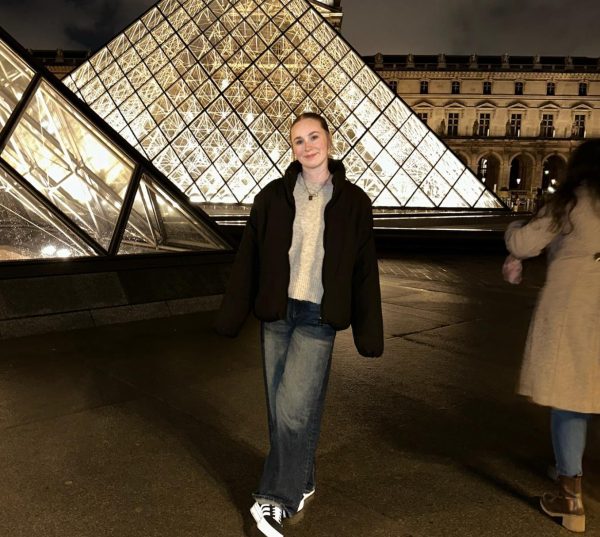‘Get Out’ gives screams and a meaning

“Get Out” was released on February 24th and has received high acclaim from viewers and critics.
February 27, 2017
An African American man and a Caucasian woman in a relationship seems perfectly normal, but when hypnosis and racism are brought into the picture, it gets excruciatingly uncomfortable. As racial tension grows and plagues America today, the movie “Get Out” is a perfect allegory for the crisis.
“Get Out” has brought in $30.5 million to the box office, placing it at No. 1 on the box office. Rotten Tomatoes also gave the movie a 100 percent rating. Not only does this movie provide a mysterious and climactic sense of pure horror, it also shows viewers the racist ordeals that America still endures.
When an African American man, Chris (Daniel Kaluuya), goes to meet his white girlfriend’s family, he encounters many uncomfortable conversations that seem completely racist. It seems like a blast from the past when their family has African American housekeepers that give the assumption of slavery. But not only this, the man meets another African American, Andrew (Keith Stanfield), during his visit, whom he recognized. Chris later finds that the same man was announced missing six months earlier. The film continues on as viewers are left with more and more awkward conversations, confused on why the community is quite eerie towards the man.
The film shows how cultural appropriation is commonly normalized in the white, American culture. It shows that racism is still present in America in various ways, and may not be immensely present, but can show through in minuscule situations. The film not only leaves viewers with rage, content and curiosity, but with a sense of knowledge of what can happen when racism is present.








